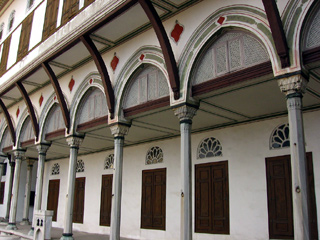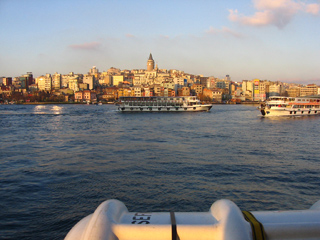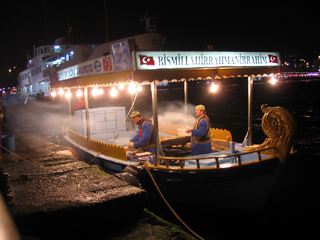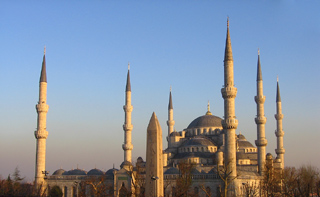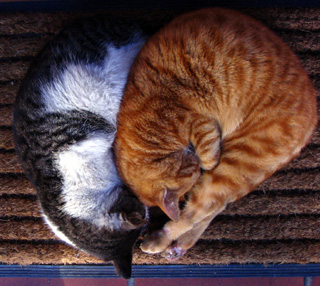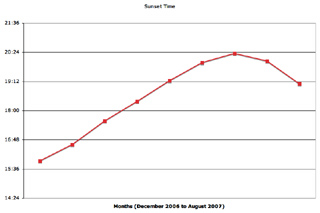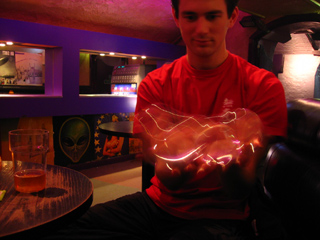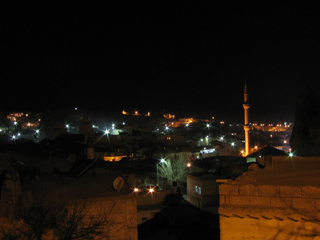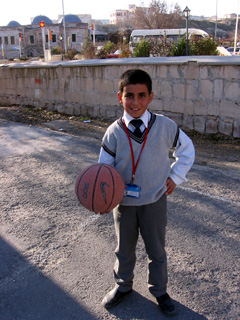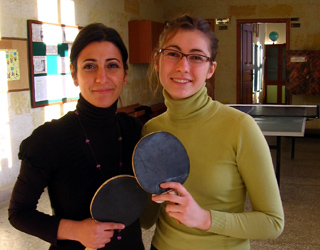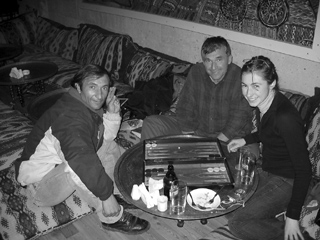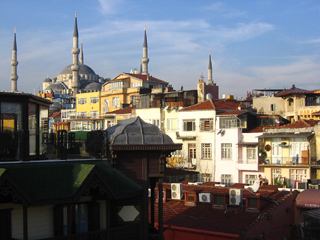Does anyone in Oxford have a hot glue gun that I could borrow?
There are a couple of places where the upper body of my shoes is peeling back from the plastic sole. I’ve gone to some shoe repair places in Oxford, but they all say that they do not repair trainers. I’ve only had these snazzy North Face shoes since March 2006, and have come to appreciate their Gore-Tex based water repelling characteristics, as well as their unusually good grip and torsional rigidity. I may not feel invincible when I stamp around in them (that is what hiking boots are for), but they do the day-to-day work of walking unusually well.
My original plan of trying to drive a needle through the sole and then back through the upper, so as to stitch the two together, seems to falter on dual grounds:
- It is unexpectedly difficult to drive a needle through the sole,
- the whole operation threatens the waterproof membrane that represents much of the value of the shoes.
If I have learned anything from my very limited exposure to the British National Health Service, it’s that glue has taken the lead from stitching, in the repairing of fissures in external membranes.
The maintenance people at Wadham College seem unwilling to lend me a glue gun: possibly because they witnessed the demonstration of my less-than-superb coordination during the game of pool on Christmas Eve. (Note to potential lenders: injuries incurred by me upon myself or others in the course of using your equipment are not your liability.)
If Operation Glue the Shoe succeeds, I may turn my adhesive attentions to the snap fastener that has fallen off the ankle of my carbon gray Sportif convertible cargo pants (as opposed to the identical olive green, brown, and white pairs, each from a successive year of usage).
[Update: 3 January 2007] Thanks to the hot glue gun lent to me by Ben Saunders, I have glued the tears in my shoes shut. I have also tried to re-assemble my broken mini tripod, and re-attach a snap fastener to my favourite pair of cargo pants. We shall see which holds together best.
[Update: 5 January 2007] It would appear the glue of the hot glue gun variety is not strong enough to fix my shoes. I should have expected it, really, given that the force exerted on the sections that have split has been great enough to split them in the first place. Does anyone have an alternative idea?
[Update: 15 January 2007] As of this morning, three of the four gaps initially fixed with hot glue had broken open again. Strangely, the one that did not was one of the largest. Since I am returning the gun soon, I decided to try once more – filling as much of the space between the outer portion of the shoe and the Gore-Tex living with glue as possible. I carried out a small trial with rubber cement, and it seemed a substantially worse option, largely because it lacks the bulk to actually fill the gaps.
[Update: 6 March 2007] My shoes need to be glued again. One of the four seals made in mid-January has now failed completely. Two more have failed partially.
[Update: 8 March 2007] The shoes have been glued again. In the two worst-affected places, the volume of glue now present (from both repairs) is such that it can be felt easily when the shoes are worn. That said, no longer being able to see the exposed Gore-Tex membrane must be a good thing.

